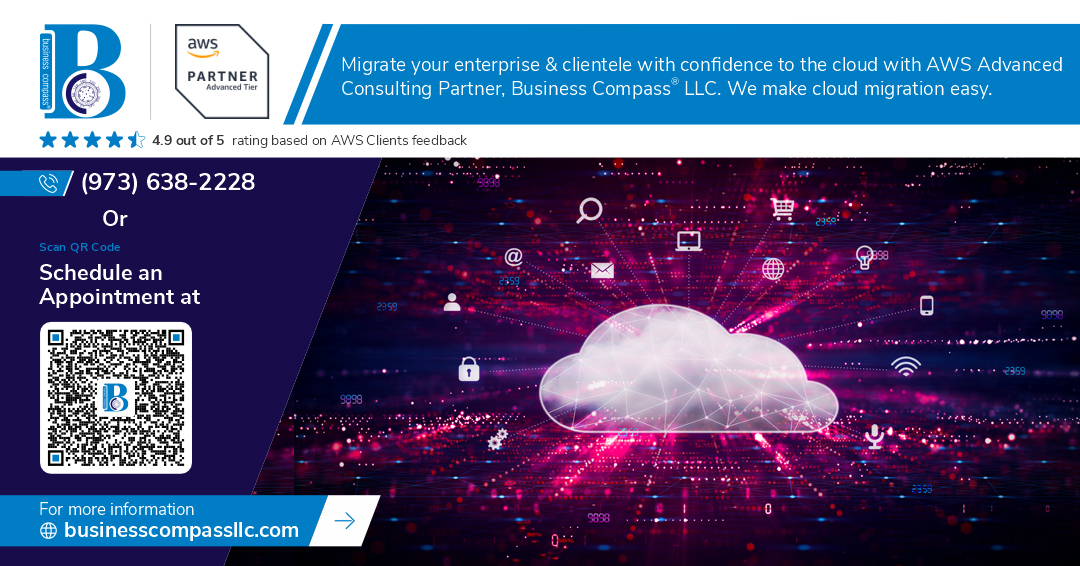Serverless Schedulers on AWS: Automate Tasks Without Managing Servers
In modern cloud environments, automation is critical for maintaining scalability, efficiency, and resilience. AWS provides robust serverless solutions for scheduling tasks without the need to provision or manage the underlying infrastructure. This guide will walk you through the core options and best practices for using serverless schedulers on AWS to automate workflows, improve system efficiency, and reduce operational overhead.
Why Use Serverless Schedulers?
Serverless schedulers offer several advantages over traditional cron jobs or self-managed solutions:
No server management: Forget about maintaining EC2 instances or cron servers.
Scalability: Automatically scale based on demand.
Cost-efficiency: Pay only for what you use.
Reliability: Built-in fault tolerance and retry mechanisms.
Integration with AWS ecosystem: Seamless connectivity with AWS Lambda, Step Functions, SNS, SQS, and more.
AWS Services for Serverless Scheduling
1. Amazon EventBridge Scheduler
EventBridge Scheduler is a fully managed service that allows you to create, run, and manage cron jobs across AWS services.
Features:
Native support for cron and rate expressions
Direct invocation of 270+ AWS services
One-time and recurring schedules
Built-in retry and DLQ (Dead Letter Queue) support
Example Use Case: Triggering a Lambda function to clean up old S3 files every night.
2. AWS Lambda with CloudWatch Events (Now EventBridge)
Before the dedicated EventBridge Scheduler, CloudWatch Events was the go-to solution.
Key Points:
Uses cron or rate expressions to invoke Lambda functions or other services
Still widely used and well-supported
Supports simple task automation (e.g., data backup, daily reports)
Example Use Case: Send a notification every Monday at 9 AM via Amazon SNS.
3. AWS Step Functions
This is for complex workflows requiring multiple steps and conditional logic.
Best For:
Orchestrating multi-step workflows
Coordinating between services like Lambda, Glue, and ECS
Retry logic and failure handling
Example Use Case: Process incoming data, enrich it via Lambda, and store it in S3 — all triggered on a schedule.
4. Amazon Managed Workflows for Apache Airflow (MWAA)
This is for teams familiar with Apache Airflow who need more advanced scheduling, dependencies, and DAGs.
Use When:
You have existing Airflow DAGs
Your workflows include long-running ETL or ML pipelines.
Example Use Case: Nightly batch data processing pipeline with dependency management.
How to Set Up a Basic Serverless Scheduler on AWS
Here’s a simple example of using EventBridge Scheduler to invoke a Lambda function every 6 hours:
{
"ScheduleExpression": "rate(6 hours)",
"Target": {
"Arn": "arn:aws:lambda:us-east-1:123456789012:function:myFunction",
"RoleArn": "arn:aws:iam::123456789012:role/MySchedulerRole"
}
}
Steps:
Define your Lambda function logic.
Create an EventBridge Scheduler rule with a rate() or cron() expression.
Assign the proper IAM role to allow invocation.
Monitor execution through CloudWatch Logs.
Security & Best Practices
Least Privilege Principle: Use IAM roles with only the permissions needed.
Dead Letter Queues (DLQs): Ensure failed invocations are logged for debugging.
Monitoring: Use CloudWatch to track execution metrics and set up alerts.
Retries: Configure retry policies to handle transient failures gracefully.
Real-World Use Cases
DevOps Automation: Regular health checks, security scans, patching reminders.
Data Pipelines: Schedule ETL jobs, data lake compaction, log archiving.
IoT Applications: Periodic sensor data normalization and storage.
E-Commerce: Automate cart cleanup, discount expiration tasks, and restock checks.
SaaS Applications: Send reminders, generate reports, or trigger account maintenance.
Choosing the Right Tool
AWS Services for Different Features or Needs
Simple Cron Jobs
Use EventBridge SchedulerMulti-Step Workflows
Use AWS Step FunctionsAirflow DAG Compatibility
Use Amazon MWAA (Managed Workflows for Apache Airflow)Fine-Grained Retry Controls
Use EventBridge Scheduler or Step FunctionsHigh-Frequency or Batch Jobs
Use AWS Lambda combined with EventBridge.
Conclusion
With AWS serverless schedulers, developers and cloud architects can build powerful, automated workflows without managing servers. Whether dealing with simple recurring jobs or complex orchestrations, AWS provides the flexibility and scalability to automate your infrastructure efficiently.

Comments
Post a Comment